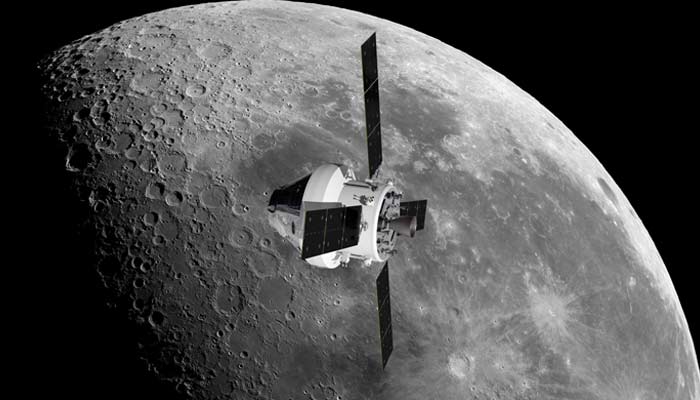What is keeping humans from landing on moon again? Here are 3 reasons
Astrophysicist reveals why Nasa's Artemis program is struggling to land humans on the moon again
April 22, 2024

In an unforgettable achievement in science between 1969 and 1972, a dozen astronauts successfully landed on the surface of the moon as part of the Apollo missions.
So why are space experts still struggling to successfully carry out the same venture again despite the advanced modern technology of today?
According to Paul M Sutter, an astrophysicist at the Flatiron Institute in New York City, money, politics, and priorities are to blame.
Money
In an opinion piece for Space, Sutter wrote: "The Apollo missions were enormously successful — and enormously expensive."
He explained that, at that time, Nasa consumed 5% of the federal budget, with over half devoted to the program.
However, Nasa now commands less than half a percent of the federal budget, with a broader range of priorities.
Politics
Sutter revealed that in the 1960s, the United States participated in the space race with the Soviet Union, aiming to achieve firsts in space, particularly landing humans on the moon.
"The public was on board and energized by this idea, as were lawmakers who directed Nasa's expansive budget," Sutter wrote in his opinion, adding that this spending was deeply unsustainable.
The public lost interest and funding plummeted once the US "won". The political or public will to spend that amount of money for a second shot at the moon isn't there anymore.
Priorities
The astrophysicist says that today, "our risk tolerance is much, much lower than it was in the 1960s."
He said the Apollo missions were "outright dangerous", and Nasa, lawmakers, and the public are not willing to take on that level of risk again.
He explained that the Apollo missions sent astronauts to the lunar surface for a few hours and returned after some simple scientific excursions.
For the Artemis missions, astronauts will spend up to a week on the lunar surface, which requires more food, water, fuel, and scientific instruments.
Additionally, while the Apollo missions aimed to beat the Soviets, the Artemis program focused on scientific investigation, which required a longer, more complex mission design.
Lastly, the Artemis program is much more complex as it also aims to begin building the infrastructure to maintain a permanent human presence there.









